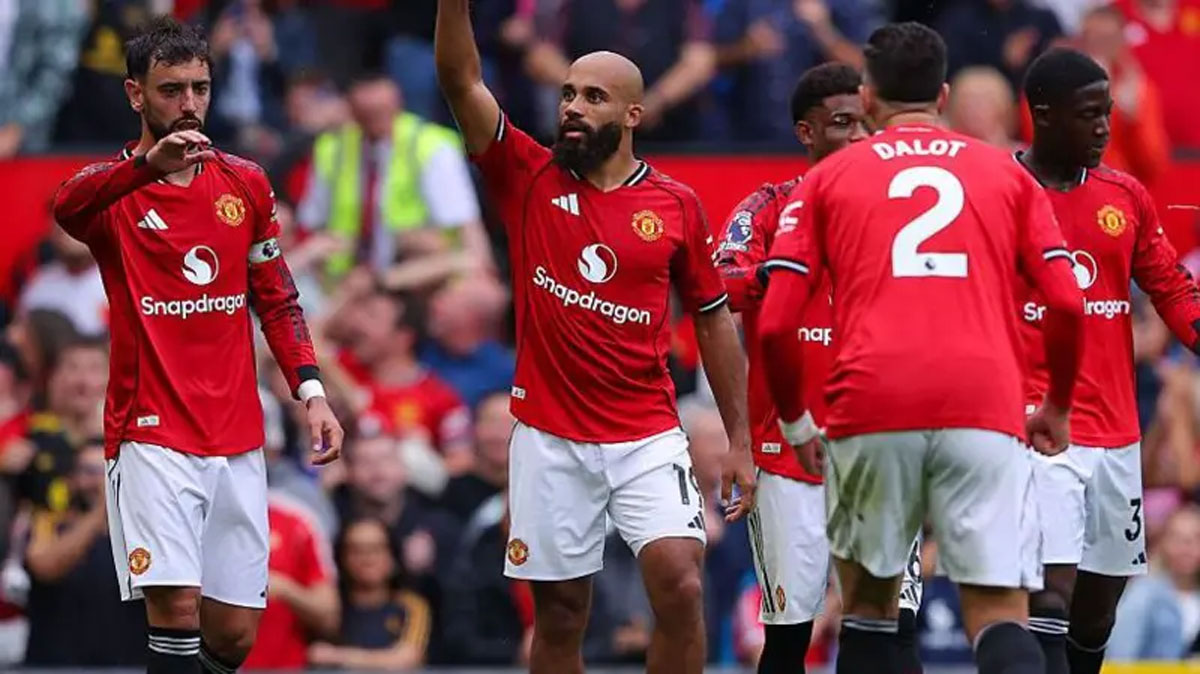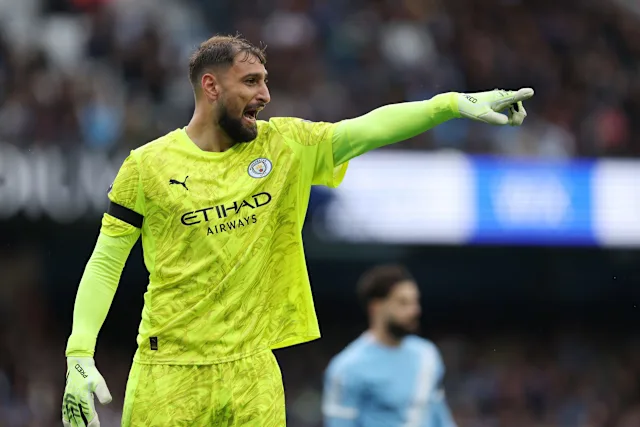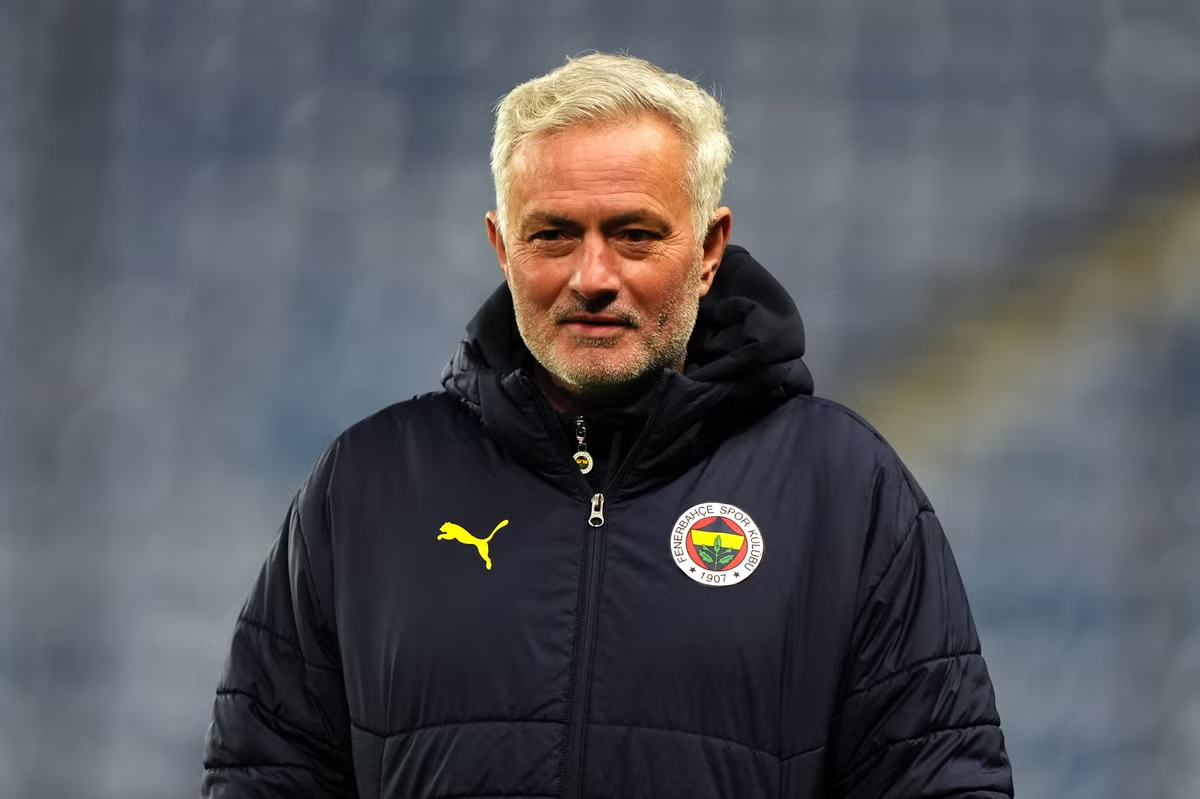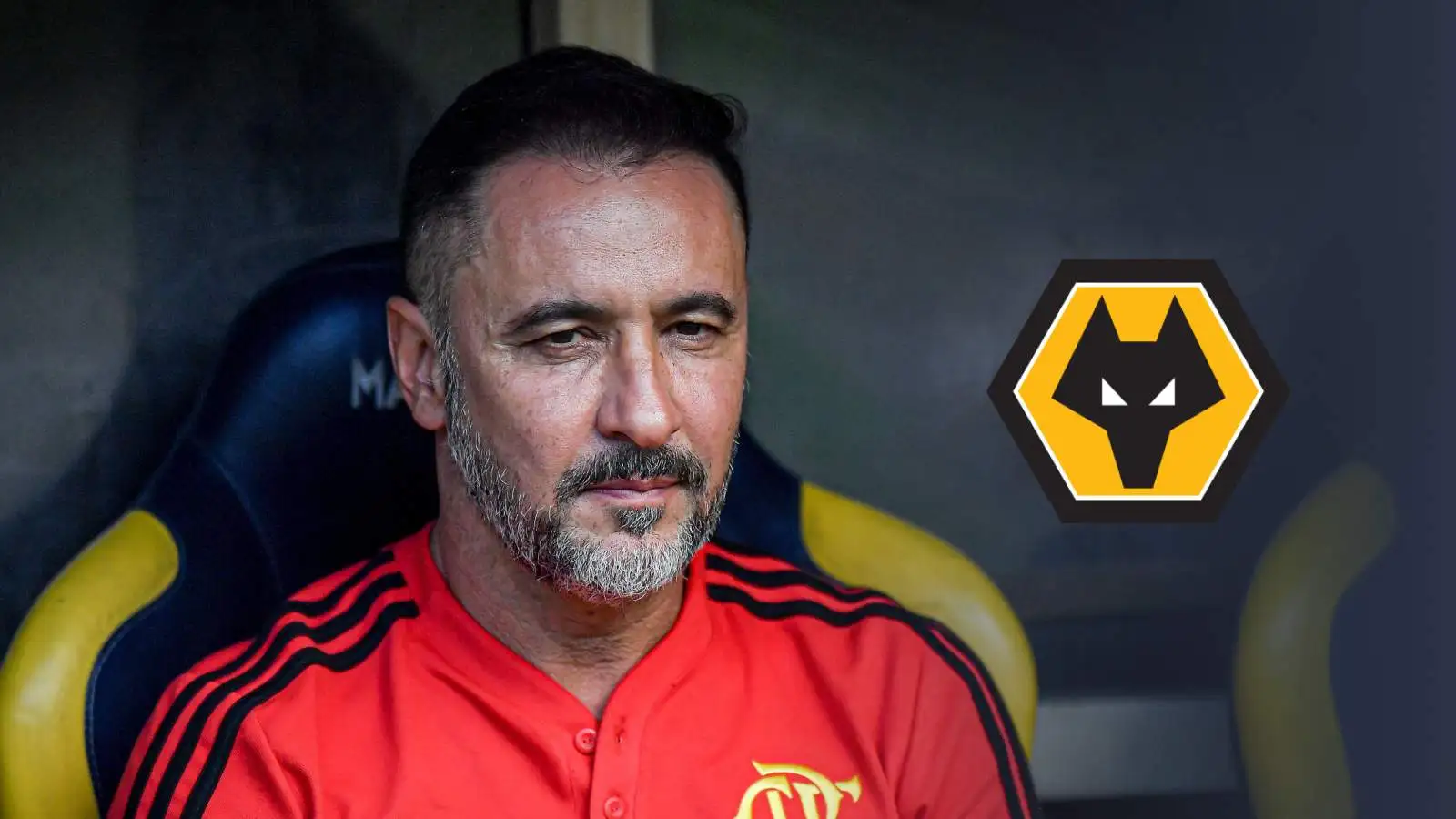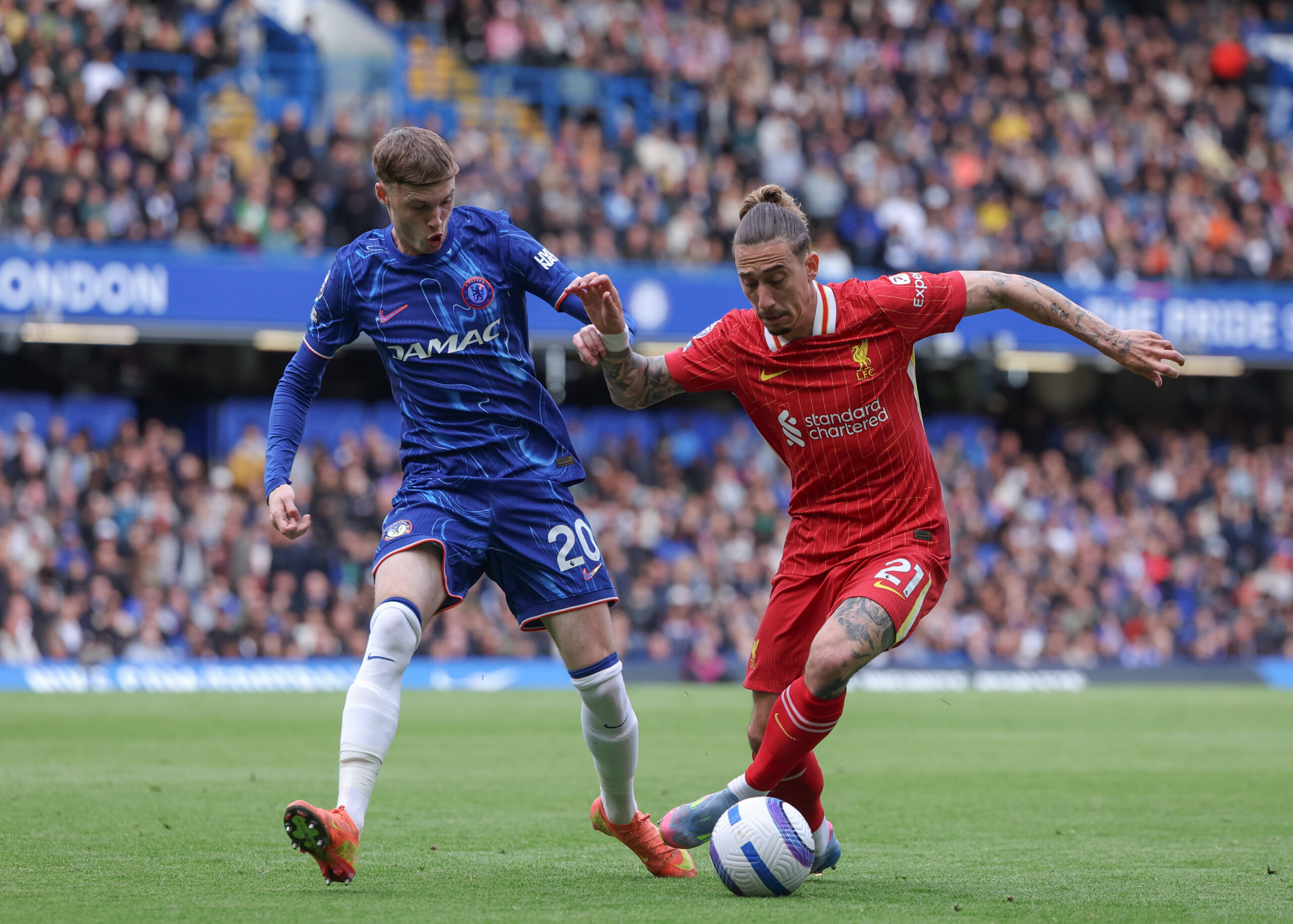Hey there, fellow football fans. If you’re anything like me, you’ve spent the last year glued to your screen, watching Manchester United stumble through what felt like the longest season ever. I remember sitting in my living room last May, head in hands, as we limped to that heartbreaking Europa League final loss against Tottenham. Fifteenth in the Premier League—our worst finish since the dark days of the ’70s. It hurt. But then, just when you think the gloom can’t get any thicker, the club drops this bombshell: record revenues of £666.5 million for the fiscal year ending June 2025. Yeah, you read that right—record cash flow amid all the chaos. It’s like the team is playing two different games: one on the pitch where we’re dropping points left and right, and another off it where the business is humming along like a well-oiled machine.
As someone who’s followed United since the days of Cantona’s collars and Rooney’s thunderbolts, I’ve seen the highs and lows. Back in 1999, when we completed that Treble, the excitement was electric—I was 12, sneaking peeks at the matches on a tiny TV while pretending to do homework. Fast forward to now, and it’s a reminder that Manchester United isn’t just a football club; it’s a global empire. But how does this happen? How do we rake in more money than ever while the results scream mediocrity? Let’s dive in, unpack the numbers, and figure out what it all means for the future. Trust me, by the end, you’ll see why this paradox is both frustrating and oddly hopeful.
The Nightmare Season: A Recap of United’s On-Field Struggles
Picture this: Erik ten Hag starts the 2024-25 campaign with promise, but by October, after a gut-wrenching penalty loss to West Ham, he’s out the door. Ruud van Nistelrooy steps in as interim, buying time until Ruben Amorim arrives from Sporting CP. Sounds like a plot twist in a bad movie, right? We scraped into the Europa League, made it to the final—only to lose 1-0 to Spurs, thanks to that cruel Brennan Johnson flick. In the Premier League, we finished 15th, our lowest spot since 1974, with just 11 wins from 38 games. Defensively leaky, offensively blunt; it was painful to watch.
The women’s team offered some bright spots, finishing third in the WSL and reaching the FA Cup final, but even that couldn’t mask the men’s side’s woes. Injuries piled up, tactics didn’t gel, and the pressure cooker at Old Trafford boiled over. Fans like me were left scratching our heads—how did we go from FA Cup glory in 2024 to this? It’s a story of transition gone wrong, but one that sets the stage for understanding why the finances tell a wildly different tale.
Breaking Down the Record Revenue: Where the Money Came From
When the announcement hit on September 17, 2025, it was like a plot twist nobody saw coming. Total revenue climbed to £666.5 million, up a modest 0.7% from the previous year’s £661.8 million, but still a club record without Champions League cash. Commercial income exploded to £333.3 million—a whopping 10% jump—fueled by the Snapdragon sponsorship kicking in fully. That’s the tech giant’s five-year deal paying dividends, literally, as they slapped their logo on the front of our kits and watched global appeal soar.
Matchday revenue smashed records too, hitting £160.3 million, up 17% from last season. Think packed houses at Old Trafford, even for midweek Europa games, with ticket prices creeping up and hospitality selling out. Broadcasting took a hit, dropping £48.9 million to £172.9 million without UCL, but Premier League TV money and Europa scraps kept it afloat. It’s resilience in numbers: fans still show up, partners still pay up, even when the wins don’t.
Commercial Powerhouse: Snapdragon and Beyond Driving the Surge
Let’s talk about the elephant in the room—or rather, the logo on the shirt. Snapdragon’s arrival wasn’t just a sponsorship; it was a lifeline. Valued at around £60 million a year, it boosted sponsorships by 6% overall, pushing commercial to half our total revenue pie. Retail jumped 16% with a shiny new e-commerce setup, selling everything from kits to mugs to die-hard fans in Asia and the US. I chuckled thinking about it—while we’re losing to Brighton, someone’s in Shanghai buying a Rashford jersey because the brand endures.
Beyond Snapdragon, renewals with Adidas, Coca-Cola, and new ties like Sokin and Parimatch added layers. United’s global footprint—over 1 billion social media followers—means we’re not just a team; we’re a lifestyle. In a year without Europe’s big stage, this sector proved why Deloitte ranks us fourth worldwide, behind only Real Madrid, City, and PSG. It’s the Glazer-era commercialization at its peak, for better or worse.
Sponsorship Deals: The Unsung Heroes
Sponsorships aren’t glamorous, but they’re gold. Snapdragon alone offset the UCL absence, with its tech-savvy vibe aligning perfectly with our young, digital fanbase. Other partners like Canon for imaging and STATSports for performance tracking chipped in, creating a web of deals worth hundreds of millions.
This isn’t luck; it’s strategy. Under Omar Berrada’s leadership—poached from City—the commercial team targeted emerging markets, turning potential losses into gains. Remember the pre-season tour to the US and Sweden? That generated buzz and bucks, proving even off-field events fuel the fire.
Matchday Magic: Fans Fill the Seats Despite the Heartache
Old Trafford’s roar might’ve been muted by results, but the turnstiles didn’t lie. £160.3 million from matchdays—English football’s highest ever—came from 30 home games averaging £5.3 million each. Sure, prices rose (some by 5% for 2025-26), sparking fan backlash, but memberships and season tickets hit records. Over 600,000 members worldwide, many traveling from afar just to chant “Glory Glory.”
I felt it personally last season—my mate dragged me to a Europa tie against Lyon, and despite the drama (that 7-6 aggregate thriller), the atmosphere was electric. Concessions, parking, programs—all added up. It’s a testament to loyalty; United fans don’t bail when times are tough. They show up, pay up, and keep the dream alive.
Ticket Pricing Controversy: Pros and Cons
Rising prices have divided fans. On one hand, it funds squad investment; on the other, it prices out locals.
- Pros:
- Generates crucial revenue for transfers and facilities.
- Premium experiences for high-spenders subsidize cheaper seats.
- Keeps Old Trafford competitive in a global market.
- Cons:
- Alienates working-class roots, echoing Glazer criticisms.
- Risks empty seats if form worsens further.
- Sparks protests, like the “Save Our Stadium” campaigns.
Balancing act, isn’t it? But without it, where would we be?
Broadcasting Blues: The Cost of Missing Champions League
Here’s the sting: no UCL meant £48.9 million less in broadcast revenue. From £221.8 million in 2023-24 to £172.9 million—Europa helped, but it’s no substitute. Premier League equalization (more merit money for lower finishes) softened the blow, but we’re talking real cash lost. That final run to Bilbao brought in extras, yet it couldn’t match the glamour of the Champions League nights.
Still, we’re compliant with PSR and FFP, thanks to careful planning. It’s a wake-up call—success on pitch directly ties to the wallet. Without Europe this season, projections dip to £640-660 million, but Berrada’s optimistic: “We’re building for the long term.”
Cost-Cutting Under Ratcliffe: Job Losses and Wage Trims
Sir Jim Ratcliffe’s Ineos takeover brought the knives out—over 300 redundancies, from backroom staff to scouts. Harsh? Absolutely. The wage bill dropped 14% to £313.2 million, lowest since 2019-20, blending no UCL bonuses with squad tweaks and restructuring. Exceptional costs hit £36.6 million, covering ten Hag’s payoff and Dan Ashworth’s exit.
I get the backlash; loyal employees lost jobs while owners count coins. But Ratcliffe warned we’d “go bust by Christmas” without it. Operating loss halved to £18.4 million, net loss to £33 million (down 70% from £113 million). It’s pragmatic, freeing PSR headroom for signings like Bryan Mbeumo. Humorously, it’s like trimming the fat to run faster—painful, but necessary if we’re to chase the pack.
The Human Cost: Stories from the Inside
Talking to a friend who worked in United’s media team (anonymously, of course), he shared the heartbreak: “Twenty years there, gone in an email.” It’s not just numbers; it’s lives upended. Yet, some see silver linings—streamlined ops could mean better focus on the pitch.
Financial Health Check: Losses Shrink, But Challenges Linger
Sixth straight annual loss? Check. But £33 million is a fraction of prior years, with adjusted EBITDA at £182.8 million—the best in Europe post-pandemic. Cash reserves at £86.1 million, debt steady at £713 million (mostly stadium-related). We’re PSR-compliant, but transfer debts loom (£319 million owed).
Compared to rivals:
| Metric | Man Utd 2025 | Man City 2024 | Liverpool 2024 | Arsenal 2024 |
|---|---|---|---|---|
| Total Revenue (£m) | 666.5 | 708 | 682 (est.) | 650 (est.) |
| Net Loss (£m) | 33 | Profit 80 | Profit 50 | Profit 40 |
| Wage Bill (£m) | 313.2 | 423 | 373 | 234 |
| Commercial (£m) | 333.3 | 280 | 250 | 200 |
We’re holding ground commercially, but rivals pull ahead on-field, pulling revenues too. It’s a tightrope.
What This Means for the 2025-26 Season and Beyond
As we sit 14th after four games—two wins, two losses, including a Carabao Cup shock to Grimsby— the revenue boost buys time. £50 million poured into Carrington upgrades, a new stadium vision (£2 billion, 100,000 seats). Amorim’s 3-4-3 needs tweaking, but with headroom for deals, hope flickers.
Personally, it reminds me of 2013 post-Fergie: pain before gain. If we climb to top six, revenues could soar. But ignore the pitch, and this financial fortress crumbles. Fans deserve wins, not just spreadsheets.
Pros and Cons of United’s Financial Strategy
- Pros:
- Record revenues fund infrastructure without owner cash injections.
- Cost controls enhance PSR flexibility for ambitious transfers.
- Global brand strength weathers on-field storms.
- Cons:
- Job cuts erode morale and fan trust.
- Reliance on commercial risks overexposure if sponsors sour.
- Persistent losses signal deeper structural issues.
It’s a double-edged sword, but leaning positive if results follow.
Comparison: United vs. Rivals in Revenue and Performance
Stack us against the “Big Six”:
- Man City: £708 million revenue, treble winners—efficiency personified.
- Liverpool: Around £682 million, top-four finish; balanced books, smart sales.
- Arsenal: £650 million est., title challengers; youth focus pays off.
- Chelsea: Volatile, but £500+ million; spending spree bites back.
- Tottenham: £550 million, Europa champs; stadium boosts matchday.
United’s commercial edge shines, but performance lag costs broadcast millions. To reclaim top-dog status, we need wins to match the wallets.
People Also Ask: Answering Key Questions on Man Utd Revenue
Drawing from common searches, here’s what folks are buzzing about:
What is Manchester United’s total revenue in 2025? United hit a record £666.5 million for the fiscal year ending June 2025, driven by commercial and matchday highs despite no Champions League.
How does Man Utd make money? Primarily through commercial deals (50%), broadcasting (26%), and matchday (24%). Sponsorships like Snapdragon, TV rights, and ticket sales form the core, with merchandising adding global appeal.
Why is Man Utd revenue high despite poor performance? Brand legacy and loyal fans sustain commercial income. Even in a down year, sponsorships and packed stadiums deliver, offsetting broadcast dips.
Where to get official Man Utd financial reports? Head to the investor relations page on manutd.com for quarterly and annual filings—transparent and up-to-date.
Best tools for analyzing football club finances? Try Deloitte’s Football Money League for benchmarks, or apps like Transfermarkt for transfer impacts. For deeper dives, Statista offers revenue charts—great for fans geeking out on numbers.
FAQ: Common Questions on Man Utd’s Finances
Q: Is Manchester United profitable despite the losses? A: Not net profitable yet, but adjusted EBITDA of £182.8 million shows strong underlying health. Losses are shrinking, thanks to cost controls—aiming for sustainability.
Q: How has Ratcliffe’s ownership impacted revenue? A: Positively so far—restructuring cut costs by £40-45 million annually, boosting efficiency. But fan protests highlight the trade-offs; long-term, it could fuel on-pitch success.
Q: Will poor form continue to hurt finances? A: Yes, projections for 2025-26 are £640-660 million without Europe. Top-four finishes add £50+ million; we need results to sustain growth.
Q: What’s the role of sponsorships in United’s revenue? A: Massive—£333.3 million last year. Deals like Snapdragon provide stability, allowing investment even in lean times.
Q: How can fans access more financial details? A: Check the official annual report or follow updates on BBC Sport. It’s public info for us shareholders in spirit.
Whew, that’s the story so far. From the ashes of 15th place to financial peaks, United’s journey is a rollercoaster. As a fan who’s wept and cheered through it all, I believe better days are coming—if we harness this cash wisely. What do you think—time to invest in wins? Drop your thoughts below; let’s chat.
